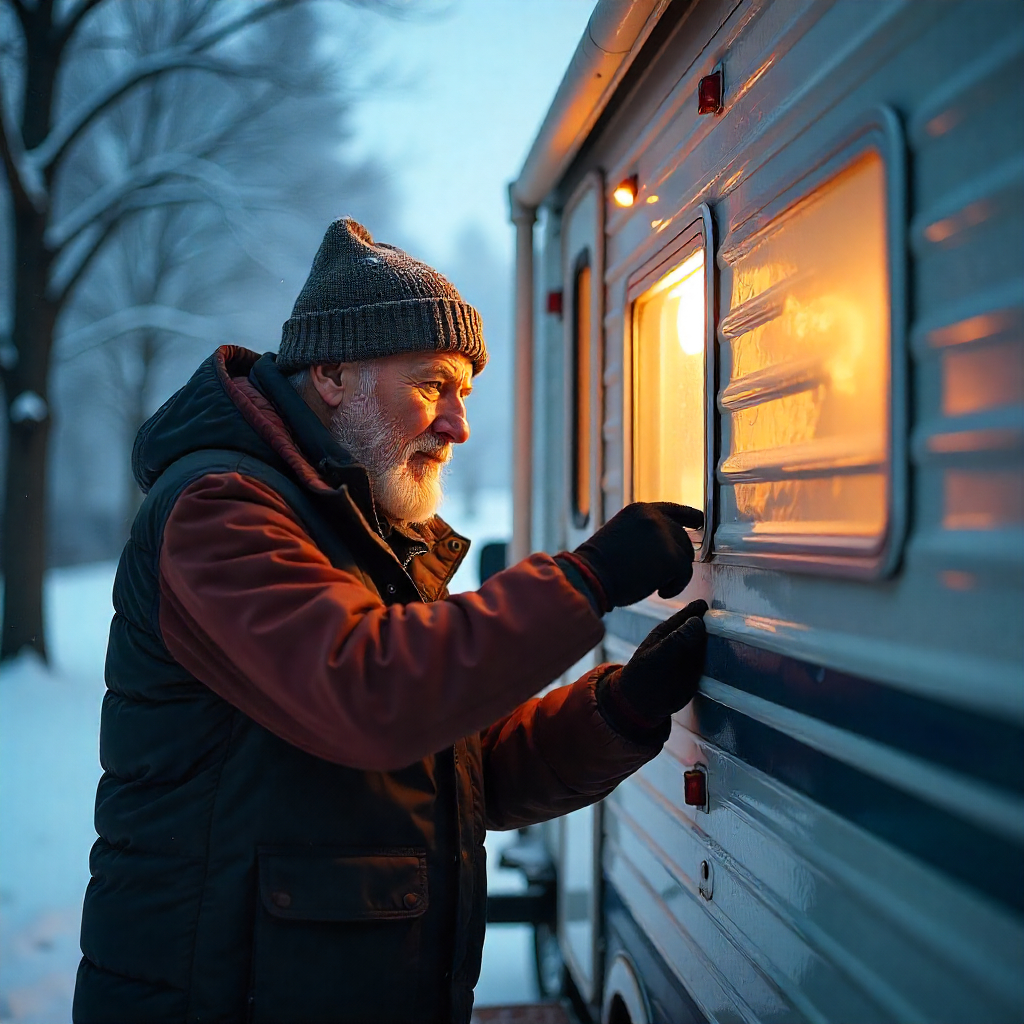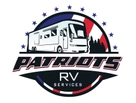How to Identify Common RV Roof Leaks and Prevent Costly Repairs

RV roof leaks can turn your dream vacation into a nightmare if left unchecked. This guide covers the most common leak sources, warning signs to watch for, and simple detection methods you can do yourself. We’ll walk you through basic maintenance steps that keep small problems from becoming major headaches. You’ll also learn when it’s time to call in expert mobile RV services for professional help. By the end, you’ll know how to protect your investment and enjoy worry-free travels.
What Causes Most RV Roof Leaks
Poor maintenance tops the list of reasons why RV roofs start leaking. When you skip regular check-ups, sealants crack, roof fixtures come loose, and materials break down. The biggest trouble spots are around vents, skylights, and air conditioning units, where sealant deteriorates quickly. Sun damage and harsh weather speed up this process. Loose seams and damaged roof parts let water sneak in, which can cause serious damage over time. Catching these problems early and fixing them right away prevents bigger, more expensive repairs later.
How to Spot a Leak
Water stains on your RV’s interior ceiling or walls are the most obvious signs of a roof leak. These stains show up as discolored patches in shades of brown or yellow and mean you have an active leak that needs quick attention. Strange, damp, or musty smells inside your RV, especially near the ceiling, also point to water problems. Watch for bubbling, peeling, or soft spots on the wall and ceiling panels – these show water damage from above. Mold or mildew growing inside your RV is a clear sign that water is getting in through a damaged roof.
Checking Your Roof for Problems
Begin by inspecting your entire roof surface carefully. Focus on seams, vents, skylights, and anything that sticks up from the roof. Look for cracks, gaps, or areas that show wear. Pay extra attention to areas where different materials meet, as these joints are often the first to develop leaks. Inspect your roof from various angles and distances to get a comprehensive view. Use a flashlight to spot hidden damage or areas that are wet. Take photos or write notes about what you find so you can track changes over time.
Simple Ways to Find Leaks Yourself
You can detect most RV roof leaks using basic methods that are inexpensive and don’t require special tools.
- Look Around: Check for cracks, gaps, or tears in the roof covering.
- Water Test: Have someone stay inside while you spray the roof with a garden hose to find leaks.
- Inside Check: Look for water stains, damp spots, or mold inside your RV.
- Pressure Test: Pressurize the inside of your RV and watch for bubbles on the roof that show where leaks are.
Using these methods regularly helps you catch leaks early, saving money on repairs and preventing more damage to your RV.
Keeping Your Roof in Good Shape
Regular roof maintenance keeps leaks from happening in the first place. Check your roof twice a year, focusing on seams, seals, and areas around accessories. Look for cracks, gaps, or worn spots that need attention. Clean your roof well to remove dirt and debris that can cause damage. Use cleaners specifically designed for RV roofs and avoid harsh chemicals that can damage the roofing material. Ensure all sealants are in good condition and reapply sealant to any worn areas. Keep tree branches trimmed back and ensure that all fittings are secure and tight. Staying on top of maintenance extends your roof’s life and prevents costly repairs.
When to Call the Pros
Sometimes, roof problems need professional attention from certified RV service technicians who can handle complex repairs properly.
- Roof Check: Technicians conduct thorough roof exams to pinpoint the exact source of leaks.
- Sealing Work: Professionals use high-quality sealants to seal cracks and gaps that allow water to enter.
- Repair Skills: Certified technicians have the right knowledge and tools to make repairs that last.
- Prevention Advice: Professionals can teach you how to avoid future leaks, which saves money on repairs later.
Related Topics:

